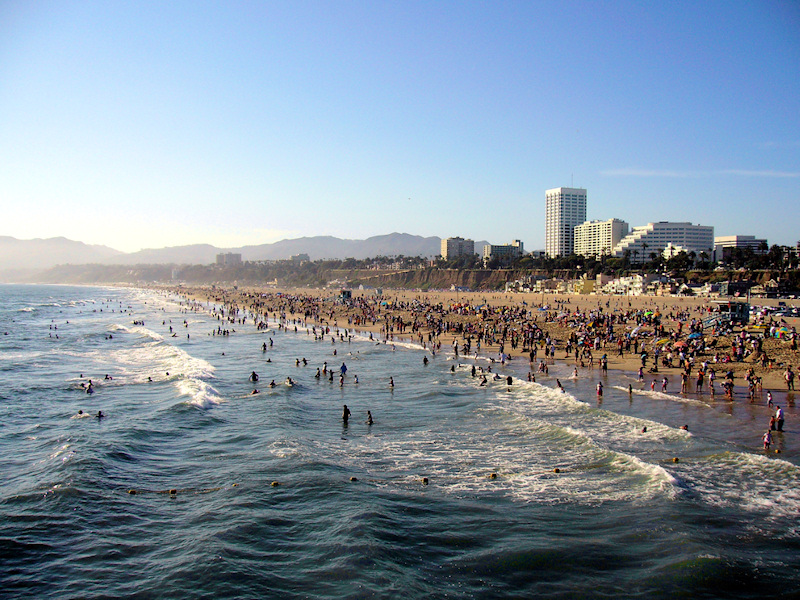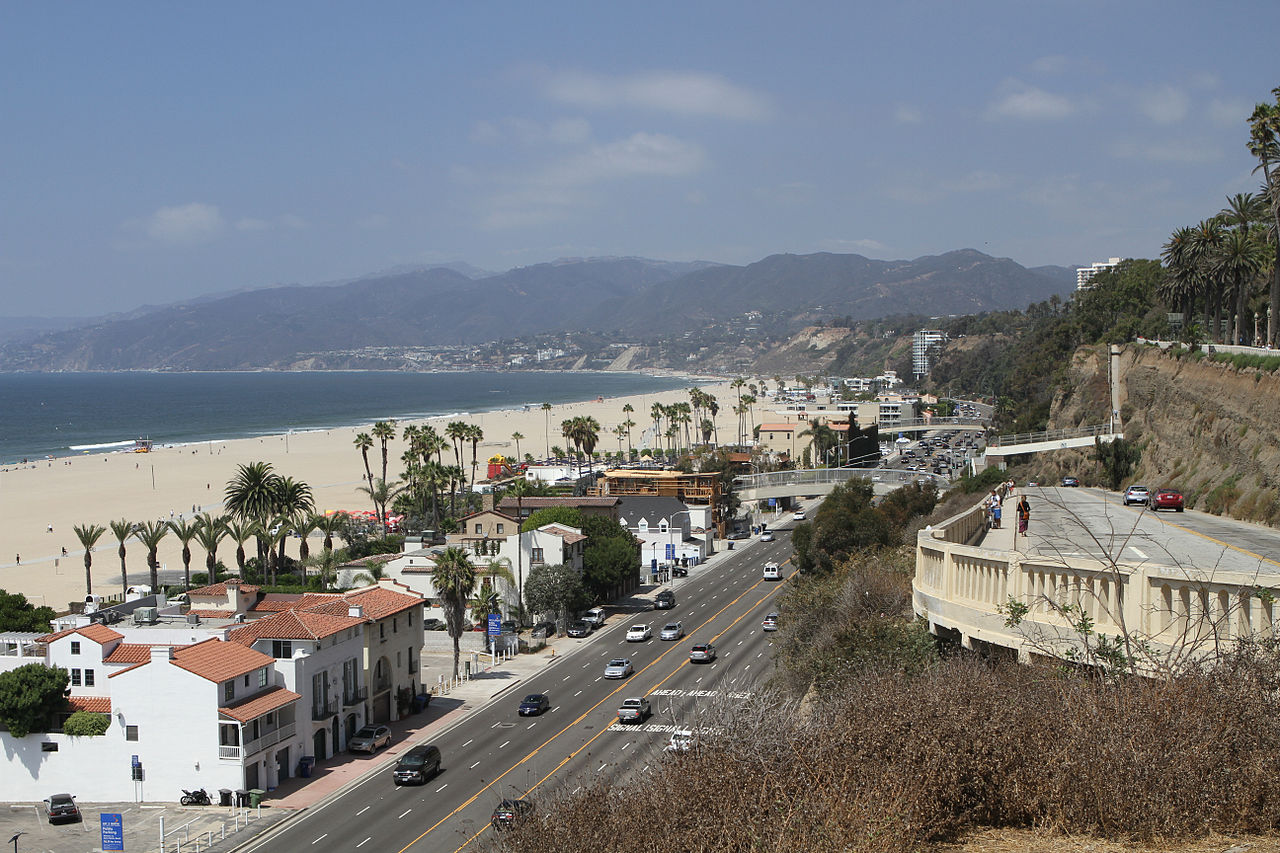
After the Fireworks displays in Vancouver there is a lot of litter left on the beaches. But what of cities that have massive and beautiful beaches within their environs and have to deal with garbage every day? Many cities have “beach grooming” budgets to keep their beaches clean and litter free for the thousands of daily users. Brendan Borrell in Hakai Magazine explores the ecology behind beach clean up on Santa Monica State Beach in California where 50,000 people a day visit along the 5.6 kilometer beach. This beach is so wide it can accommodate 30 volleyball courts in its girth. And it gathers a lot of trash too.
A few years ago staff estimated they cleared nearly 40,000 kilograms of trash off the beach after a long weekend. The City spends 3.3. million dollars a year grooming the beach, but that in itself has an ecological downside.
“When sweepers flatten the contours of the beach and strip the shoreline of the wrack—the rotting mess of kelp and seagrass that washes up—they turn a living beach into a sterile sandbox. When the beach hoppers and kelp flies vanish, so too do the shorebirds, including plovers and killdeer.”
That means that Santa Monica is educating people what a clean beach looks like, and that means there is seaweed washed up that remains on the beach. Of the 1.3 billion tons of waste produced a year, much is plastic with 5 to 13 tons tossed into oceans annually. Noted journalist Daphne Bramham has been writing about “drowning in oceans of plastics” and the fact we have yet to stop it.
In Santa Monica urban trash from 4 million people is directed into the bay after a series of inflatable dams and filters. Because much of that waste returns to the beach, and it is measured by analysing plastics and garbage in an area 30 meters by 30 meters on the beach. Using the sample to estimate how much is left on the beach after clean up, over 100 kilograms of trash is left behind. But how to clean up trash and still not impact the ecological cycles of the beach?
“Just as humans may develop allergies from growing up germ-free, beaches are suffering from being too clean. Swept flat each day, the beach can become a biological desert, devoid of the rare plant and animal species that make the coastlines so special. Over two tonnes of decaying kelp get deposited on a kilometer of beach each day, a valuable resource for wildlife that is robbed by city cleanup crews on a daily basis.”
Knowing that birds, isopods and invertebrates live on the seaweed “wrack” that comes up with the tide means that beach grooming practices need to change. And out of looking at beaches is a bigger call to properly manage human litter and waste, and ensure that cities holistically look at how that is handled. It is all connected. As Borell observes, on the popular Baywatch television program filmed on the Santa Monica shoreline no one shows “the moment when someone bends over, picks up a piece of trash on the beach, and curses humanity.”
You can read the whole article here.












